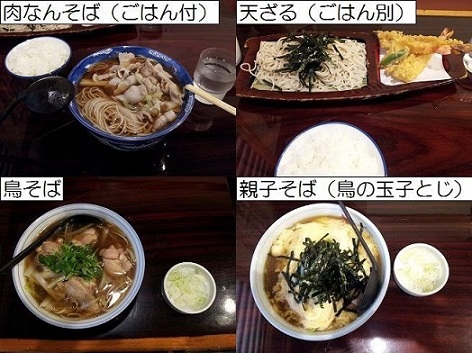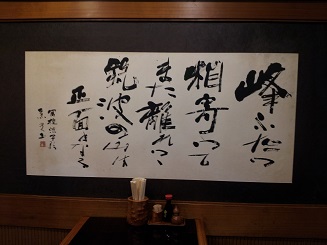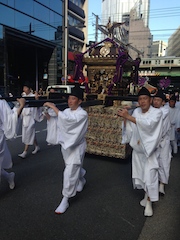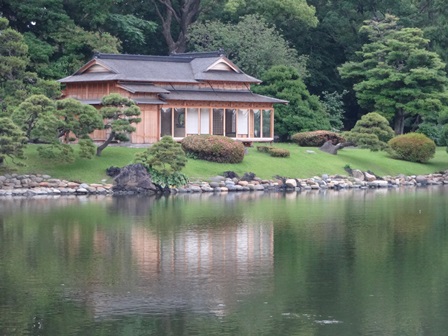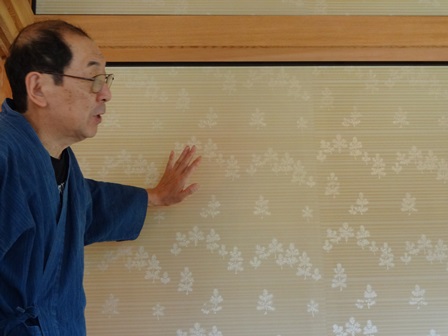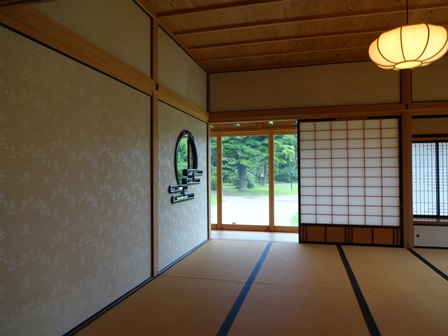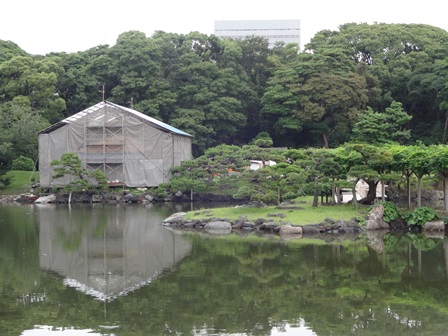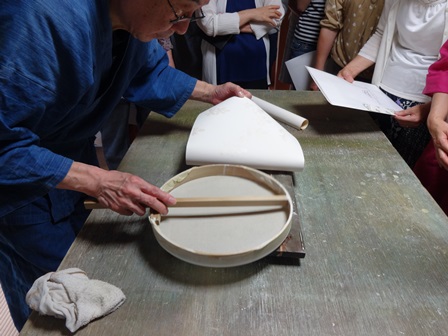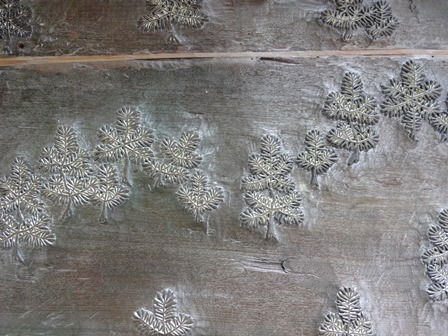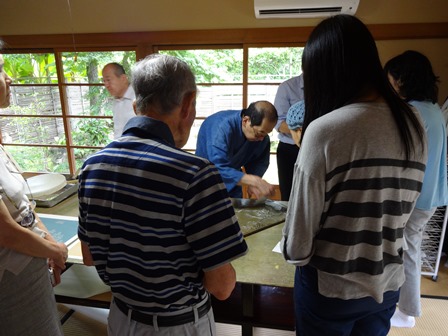A red gem that is well-shaped in the case of a "product shop" that deals with high-grade products.
It's bright. It's just like a girl's lips.
When included in the mouth, a slight acidity accentuates the wide sweetness.
You can eat as many as you like, cherries.
The cherry blossom peach season expresses a high standard in appearance, texture, and taste.
On Saturday, June 21, an event was held to make cherries very familiar.
The venue is a large parking lot at Tsukiji Honganji Temple.
It's a cherries seed skipping tournament.
The competition will be attended by the first 500 people on the day.
At around 11:20, 500 participants participated in the event, thanks to the crowd.
Last night's rain also rises before sunrise, and the competition starts with a slightly gauge wind blowing.
Stand three people on the starting platform and blow away the seeds at the red carpet, which shows the distance at intervals of one meter.
I feel sorry to fly the nucleus of that gemstone in the air.
It's hard to fly a few meters only for unfamiliar competitions.
Occasionally, when more than 10 meters come out, a shout "Oh!"
The prepared "cherries" are "Sato Nishiki" in Higashine City, Yamagata Prefecture, which boasts the highest production volume in Japan.
A delicate cherries that are hard to last for a long time.
In 1922, Eisuke Sato's passion for breeding has paid off, and Sato Nishiki is born.
Higashine City is the birthplace of Sato Nishiki.
And Higashine City has a deep connection with Chuo-ku.
In 1991, we entered into a friendly city tie-up.
In the lobby on the first floor of the Chuo-ku government office, alliances and commemorative items of friendship cities are displayed.
The highest record is 17m83cm.
This is a record of flying cherry seeds in Higashine City.
If you head to the starting point and look from this side about 20 meters, you can feel that distance is very far away.
A girl waiting in line was blowing away, saying, "I have to practice."
There was momentum, but the flight distance was 3 meters. "I have to use more springs."
Please do your best in production.
In Yamagata Prefecture, the fruit tree kingdom, you can enjoy plenty of fruit picking such as grapes, peaches, apples and La France, starting with cherries.
This summer, it is also an area for the destination campaign, and there are many fun events.
It is also a time of bliss to pull out one of your favorite grains directly from the tree branches and put them in your mouth.
"I'm going to go Tohoku." The station name of the Yamagata Shinkansen was also "Cherry Higashine".

